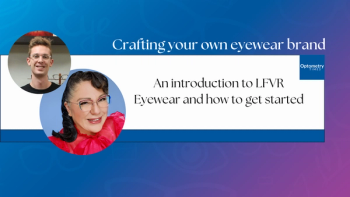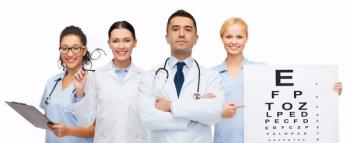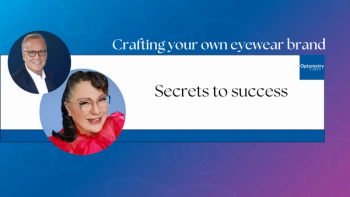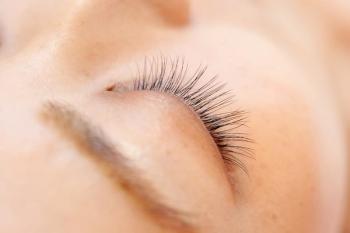
Q&A with Karl Stonecipher, MD, on outcomes of LASIK using the Teneo platform to correct high myopia
At this year’s ASCRS meeting, the Eye Care Network sat down with Karl Stonecipher, MD, to discuss some of the most exciting clinical outcomes and technological advancements in refractive surgery—particularly in the treatment of high myopia. Stonecipher shared insights from a recent trial using the Teneo laser platform (Bausch + Lomb), highlighting its speed, precision, and patient-centered design. He delves into real-world outcomes, including a remarkable 98% to 99% satisfaction rate among patients, minimal dysphotopsias, and stable postoperative vision, even in high myopes.
Q&A with Karl Stonecipher, MD, about LASIK results in patients with high myopia
Q: What were the key figures that we were kind of excited about with regard to outcomes in this particular arm of the trial?
A: So we're really looking at high myopia. So we're talking about -8. The average for the study was about -5, -5.6, but I want to go back and say what I'm excited about the laser first, and what the laser does to get the outcomes. It's a GUI interface, which is really easy to understand. My staff loves that. It's very comfortable for the patient, and it's extremely fast at 1.2 seconds per diopter. I think a lot of that has to do with the outcomes of over 98% of the patients doing extremely well and very satisfied with the outcomes, with amazing stability.
Q: What kind of dysphotopsias are we seeing post LASIK with this laser platform, and how do the patients report that and respond to it?
A: Since we all know that when we first started with higher myopes, we're concerned about spherical aberration, and we're actually showing that we're getting improvement from baseline to present day. And so what happens is, patients come in, we don't see as much glare and halos. The PROWL questionnaire is obviously what we use, and we show improvements across all platforms at this high level, and we don't see dysphotopsias like we saw with a lot of those earlier platforms.
Q: Are patients satisfied with Teneo results?
A: Well, I can tell you that with patient satisfaction, we had some of the highest rates we've ever had: 98%, 99% saying that they would recommend it to families and friends. They would do it again if they had to. So obviously, at those levels, you can't please everybody. You can't make everybody happy. You know, you'd love to make all of them smile and walk out the door, but [I've] got to tell one anecdote. And I'm not sure if this is great, but one of the patients postop said to me, I love you almost as much as I love Jesus now. So obviously that's a good thing in terms of the outcome. So I think that we're happy that patients are happy. But we also now have these questionnaires. So they're happy in low light, they're happy in bright sunny days. They're happy in... they're getting up to go hunting or they're getting up to take their kids to school. So I think that's important.
Q: What do you like about the Teneo platform?
A: So the Teneo is a new platform. I like to tell you the things that I like about it. The No. 1 thing that I like about it any surgeon, especially my residents and fellows that work with me, are what...they're concerned about what do I put in the box? What do I put in the laser? So what's the manifest refraction? So we're talking about high myopia. We just put the manifest in the box. This is not nomogrammed information, and you had 20/20, 20/25 level of vision that was stable in the high 90 range. And so patients are coming back happy, and it's the surgeon's comfort. Now, don't get me wrong, I'm sure we're going to nomogram things down the road to even fine-tune that more, but this is off the manifest refraction. So we're not cycloplegia-ing these patients anymore. We're not having to do... with the nonmydriatic cameras we can look at the retina. So if I see something abnormal in the retina, then I'm going to send this patient category off to see the retinologist, because it's important at this level to make sure they don't have any holes or tears. But it's a very convenient laser, because you can come in, I can manifest you, you don't have to go through the dilation process, and get great outcomes.
Newsletter
Want more insights like this? Subscribe to Optometry Times and get clinical pearls and practice tips delivered straight to your inbox.


















































.png)


